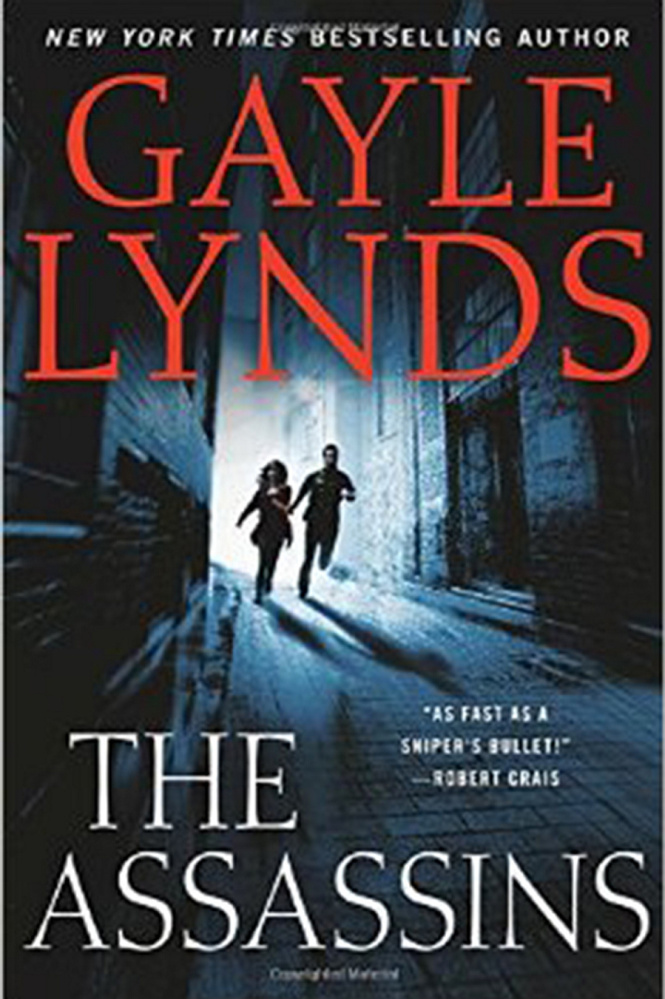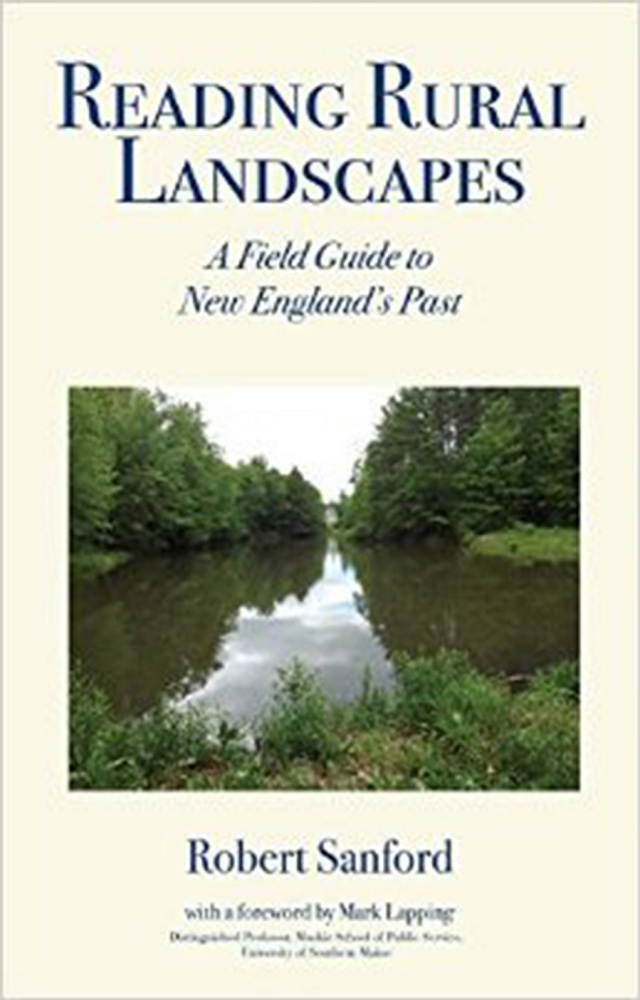THE ASSASSINS
By Gayle Lynds
St. Martin’s Press, 2015
402 pages, $27.99
Assassination is an ugly word. As a most extreme political tool, assassins often target heads of state and other political and public figures. More unpredictable, however, is the independent assassin who has no political or ideological agenda and who will kill only for the right price.
What could possibly be worse? How about six professional assassins working in concert, motivated by a dead tyrant and a missing billionaire financier?
“The Assassins” is best-selling and award-winning Maine author Gayle Lynds’ 11th novel, a grisly thriller about six assassins who team up to almost pull off a huge heist and then spend the next 12 years wiping the slate clean of opposition and potential threats.
Lynds has also written a series of pulp adventure novels featuring such macho men as Mack Bolan and Nick Carter. And she is the co-founder of the International Thriller Writers organization.
Here, her main characters are Judd Ryder and Eva Blake, two pistol-packing action heroes who unwillingly partner with a notorious and mysterious assassin nicknamed Carnivore in an attempt to figure out who is impersonating them and killing their imposter doubles.
The six assassins are bound together through a botched robbery in Baghdad in 2003, and now a silent figure has initiated a bloodbath, pitting the assassins against each other in a deadly game of “blood work” elimination. Ryder and Blake are targets, too, but they don’t know why.
This complex tale of murder, clever disguises and multiple identities moves around the globe quickly, leaving an ever-growing pile of dead guys, lots of subtle red herrings and more than a few plot twists and sharp surprises.
Lynds nicely folds in secret government agencies, shadowy figures pulling strings of death and some nasty Cold War warriors who just can’t seem to forget the past.
READING RURAL LANDSCAPES: A FIELD GUIDE TO NEW ENGLAND’S PAST
By Robert Sanford
Tilbury House Publishers, 2015
240 pages, $19.95
American poet and essayist Ralph Waldo Emerson (1803-1882) once wisely declared: “If a man owns land, the land owns him.” Now, Gorham author Robert Sanford tells us how to read “the language of the land” to imagine how man used the land centuries ago.
“Reading Rural Landscapes” is a unique book offering valuable insight into the physical landscape evidence of how people lived and worked in rural New England from early Native American land use through the colonial period to the 19th century.
Sanford is an archaeologist and professor of environmental science at the University of Southern Maine. He has created a fascinating “how-to” book that describes examining a rural landscape for clues that identify historical remnants of long-abandoned farming, logging, industrial, commercial and transportation activities.
Ever wonder why that old tumbledown stone wall is in the woods behind your house? Or why some old cleared forestland has different growth now than its older surroundings? Sanford answers these questions and more. This reads like an amateur archaeologist’s detective manual — looking for clues and evidence to determine what happened on the land years ago.
He tells what to look for in areas of disturbed land — tips for finding old farm buildings, barns, wells (be careful there), even the outhouse. He discusses how to find old roadbeds and figure out how they were used, and how to identify old apple orchards, crop fields and pastures, and what different structure foundations may mean. Old cemeteries and certain types of out-of-place trees, shrubs and other vegetation may also reveal the secrets of past land use.
Learn why sugar maples where known as “marriage trees” and “coffin trees,” why farmers preferred hillsides to valleys, why single large trees stood in the middle of pastures, and the difference between a turnpike and a “shunpike.”
Bill Bushnell lives and writes in Harpswell.
Send questions/comments to the editors.




Comments are no longer available on this story